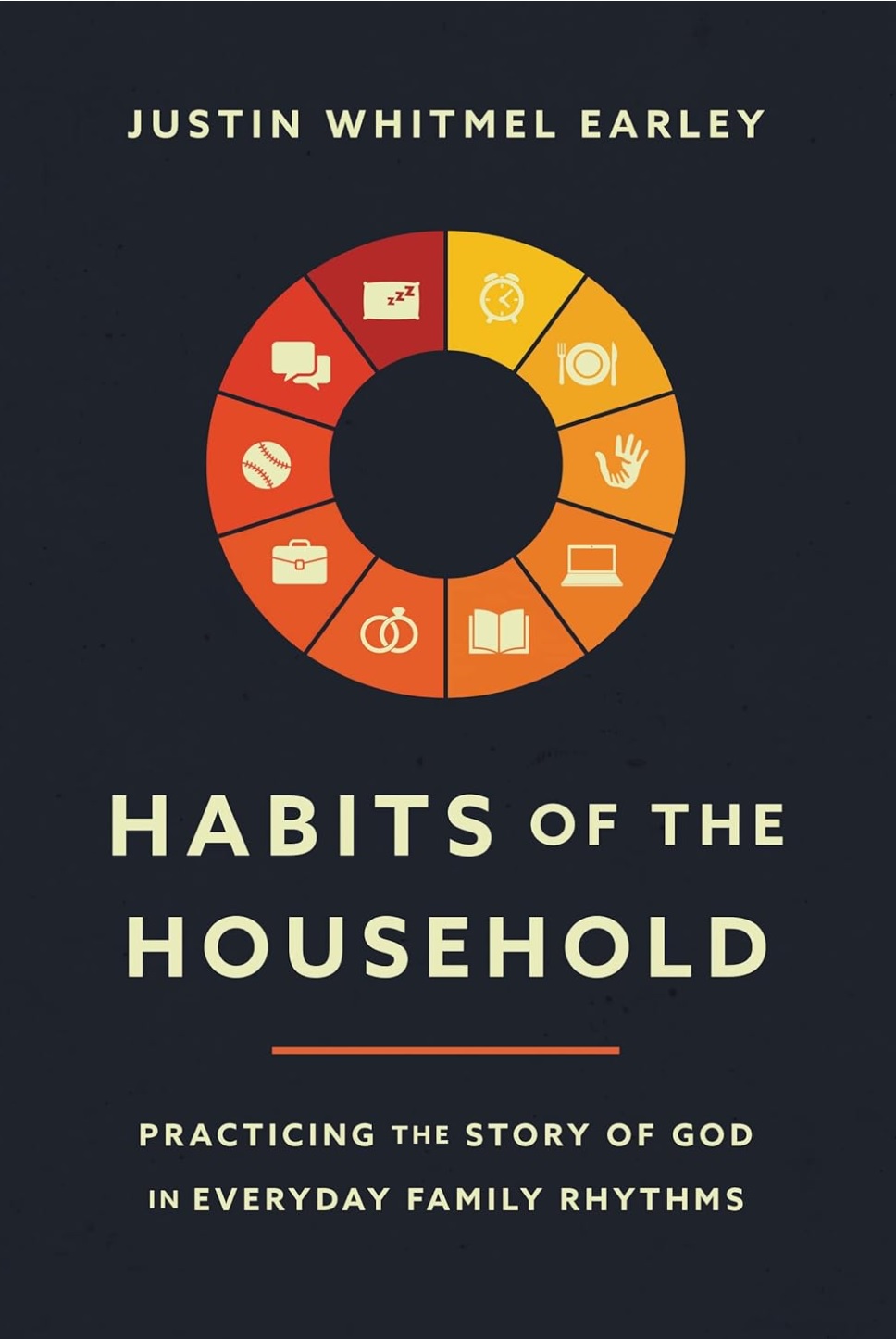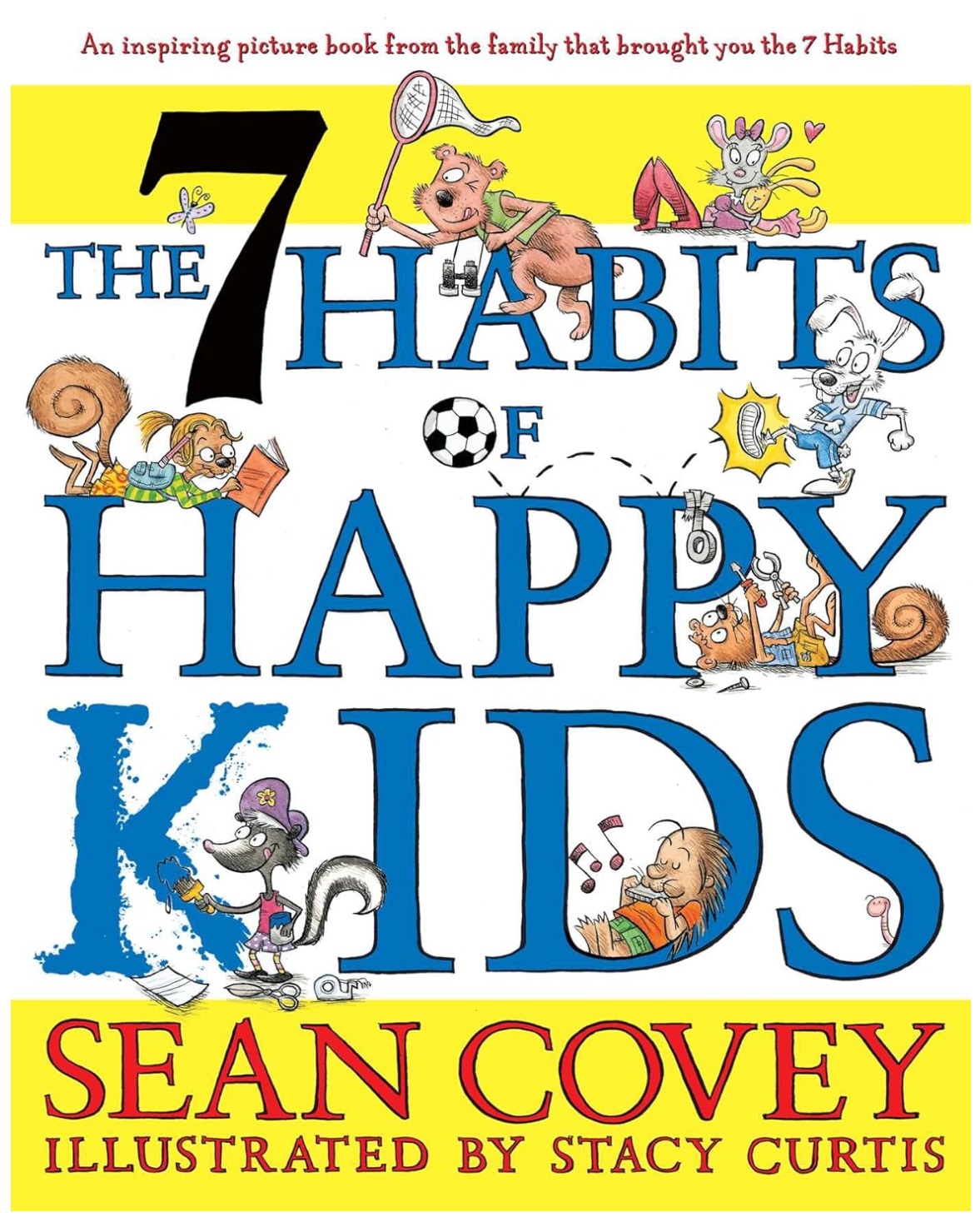- KEY POINTS
- Develop a daily brainstorming habit by setting aside 10-15 minutes each day to generate ideas consistently, boosting creativity and problem-solving skills over time.
- Overcome creative blocks by using prompts, changing environments, and embracing imperfect ideas to keep your brainstorming sessions productive and stress-free.
- Track progress and refine your process regularly to identify patterns, celebrate small wins, and improve brainstorming efficiency for long-term creative growth.
There was a time when I only brainstormed when a deadline was looming or when I felt particularly inspired. The problem was, inspiration didn’t always show up when I needed it most. I realized that waiting for ideas to magically appear wasn’t sustainable. That’s when I decided to build a daily brainstorming habit, and it changed everything.
Table of Contents
ToggleWhy Daily Brainstorming Matters
Cultivating Creative Consistency
When I first started brainstorming daily, I noticed something interesting—my ideas weren’t always great, but they came more easily. It’s like priming a pump. At first, you might get rusty water, but if you keep going, the flow becomes clearer and more abundant. Consistency is key.
I talk more about this idea in my post 10 Simple Habits to Boost Daily Creativity. One habit leads to another, and before you know it, creative thinking becomes second nature.
Reflective question: How often do you set aside time to generate ideas, even if they aren’t perfect?
Generating Breakthrough Ideas
Some of my best ideas have come from low-pressure brainstorming sessions where I gave myself permission to think freely. One day, while brainstorming topics for a blog post, I stumbled on the concept of small daily habits leading to significant breakthroughs. That idea became the foundation for my post on Small Creative Habits for Big Breakthroughs.
Brainstorming allows your subconscious to connect dots that may seem unrelated. The key is to focus on quantity over quality—ideas can always be refined later.
Reflective question: When was the last time you allowed yourself to brainstorm without judgment or restriction?
How to Create Your Brainstorming Habit
Set a Daily Time and Place
I find that brainstorming works best when it becomes part of a routine. For me, mornings are the sweet spot. I pour a cup of coffee, sit at my desk, and spend 10-15 minutes writing down as many ideas as I can. Sometimes it’s five ideas, sometimes 50. The important part is showing up.
I expand on this concept in my post Morning Routines to Spark Creative Thinking. A consistent morning routine can set the stage for an entire day of creative flow.
Reflective question: What time of day do you feel most mentally clear? Could you dedicate 10 minutes during that time to brainstorming?
Use Prompts to Spark Ideas
When I’m stuck, I use prompts to jumpstart my brainstorming session. Sometimes I ask myself, “What problems have I been facing lately?” or “What’s one creative project I’ve been wanting to try?” Prompts eliminate the pressure of coming up with ideas from thin air.
One of my go-to resources for this is my post 17 Tips for Inspiring Ideas to Unlock Your Creativity. It’s full of simple tips and questions to break through mental blocks.
Reflective question: What brainstorming prompts resonate with you the most? Could you keep a list of them nearby for when you feel stuck?
Overcoming Common Brainstorming Challenges
Dealing with Mental Blocks
Even with a solid routine, there are days when ideas just won’t come. I used to get frustrated, but over time I learned that mental blocks are part of the process. On days like this, I switch things up. Sometimes I brainstorm in a different location, like a park or café. Other times, I simply walk away and come back later.
One trick I learned from my post Overcome Creative Blocks with These Proven Habits is to embrace breaks and let my subconscious do the heavy lifting. Often, the best ideas arrive when I least expect them—like in the shower or during a walk.
Reflective question: How do you currently respond to mental blocks? Could you try stepping away or shifting your environment when they arise?
Silencing the Inner Critic
When I first started brainstorming regularly, I struggled with perfectionism. I would second-guess every idea before I even finished writing it down. Over time, I realized brainstorming isn’t about perfection—it’s about getting ideas out, no matter how strange or incomplete they may seem.
Now, I let every idea land on the page without judgment. Some ideas won’t lead anywhere, but others become seeds for bigger projects. I touch on this more in Experiment Your Way to Better Creativity Habits. Creativity flourishes when we allow ourselves to play and explore freely.
Reflective question: How often does your inner critic hold you back during brainstorming? Could you try writing down every idea, even the ones that feel silly or impossible?
Tools to Enhance Brainstorming
Use Digital Tools for Idea Organization
I used to brainstorm exclusively with pen and paper, but now I mix it up with digital tools like Trello and Notion. These platforms allow me to organize ideas into categories and revisit them whenever I need inspiration. Sometimes, I’ll come across an old brainstorming session and discover ideas I had forgotten about but that feel fresh now.
If you’re someone who enjoys structure, this method can be a game-changer. I write more about this in 5 Creative Habits to Inspire New Ideas Fast. Digital tools can help streamline the brainstorming process while keeping ideas organized and accessible.
Reflective question: Do you currently organize your ideas? Could a digital tool help you keep track of your brainstorming sessions?
Mind Mapping for Idea Expansion
One of my favorite brainstorming techniques is mind mapping. When I have a central idea, I write it in the center of a page and branch out with related concepts, subtopics, and questions. This visual approach often leads to unexpected connections and breakthroughs.
Mind mapping feels like a creative playground, allowing ideas to expand organically. I often return to this technique when I’m developing content for posts like Small Creative Habits for Big Breakthroughs.
Reflective question: Have you ever tried mind mapping? How might it help expand ideas that feel stuck or limited?
Strengthening Your Brainstorming Habit Over Time
Track Your Progress
One of the best ways I’ve stayed consistent with my brainstorming habit is by tracking my progress. I use a simple journal where I write down the number of ideas I generate each day. Over time, it’s been rewarding to look back and see how far I’ve come. On days when I feel uninspired, flipping through past entries reminds me that creativity builds momentum.
In 10 Simple Habits to Boost Daily Creativity, I highlight how small daily actions lead to significant progress. Tracking brainstorming sessions is a practical way to stay motivated and see your growth in real time.
Reflective question: Could you start tracking your brainstorming sessions to celebrate progress and stay consistent?
Reflect and Refine
After a few weeks of daily brainstorming, I take a moment to reflect. I look for patterns—what types of ideas come up frequently? Are there specific prompts that seem to spark the most creativity? This reflection helps me refine my approach and make adjustments that keep things fresh.
In my post Experiment Your Way to Better Creativity Habits, I talk about the value of experimenting and refining habits. Creativity isn’t static—it evolves, and so should the methods we use to cultivate it.
Reflective question: How often do you reflect on your creative process and look for areas to refine or expand?
Build a Support System
Share Your Ideas with Others
Brainstorming doesn’t have to be a solo activity. I’ve found that sharing ideas with friends or peers often leads to insights I wouldn’t have come up with on my own. Sometimes, just explaining an idea out loud helps me clarify it. I also participate in creative groups where we hold regular brainstorming sessions together.
The collaborative nature of creativity is something I touch on in Overcome Creative Blocks with These Proven Habits. Building a network of creative support makes the process feel less isolating and more dynamic.
Reflective question: Could you invite someone to join you for a brainstorming session or share your ideas for feedback?
Learn from Feedback
Whenever I share ideas, I actively seek feedback—not just praise but constructive thoughts that help me refine and improve. Some of my best creative projects came from ideas that evolved after someone pointed out an angle I hadn’t considered.
Feedback can feel intimidating at first, but it’s an invaluable part of the creative process. I mention this more in 19 Strategies to Overcome Creative Blocks and Stay Inspired. The more I embrace feedback, the stronger my ideas become.
Reflective question: How open are you to feedback during the creative process? Could embracing it more lead to stronger, more refined ideas?
Conclusion
Building a daily brainstorming habit isn’t about instant results—it’s about committing to the process and trusting that ideas will flow with time. Some days the ideas will come easily, and other days may feel like a struggle, but every session is a step toward expanding your creative potential.
I can confidently say that making brainstorming part of my routine has transformed not only my creative work but how I approach challenges and problem-solving in all areas of life. If you’re ready to cultivate more creativity, I encourage you to start small. Give yourself 10 minutes each day to brainstorm freely.
Remember, creativity thrives on consistency. Over time, those small sessions will lead to big breakthroughs. For more tips on maintaining creativity, check out Small Creative Habits for Big Breakthroughs.
So, what’s one idea you could brainstorm today to kickstart this habit?
References
Blog Post References
- 10 Simple Habits to Boost Daily Creativity
- Overcome Creative Blocks with These Proven Habits
- 5 Creative Habits to Inspire New Ideas Fast
- Experiment Your Way to Better Creativity Habits
- Small Creative Habits for Big Breakthroughs
- Morning Routines to Spark Creative Thinking
- 17 Tips for Inspiring Ideas to Unlock Your Creativity
- 19 Strategies to Overcome Creative Blocks and Stay Inspired
External References
- The Importance of Brainstorming: Benefits & Techniques
- How to Overcome Creative Blocks: 99 Proven Strategies for Unleashing Creativity
- 7 Types of Creative Block and What to Do About Them
- 10 Brainstorming Techniques to Help You and Your Team
- How CEOs Can Build a Habit of Daily Creative Exploration
- Overcoming Creative Blocks: Strategies for Reigniting Your Creativity
















































